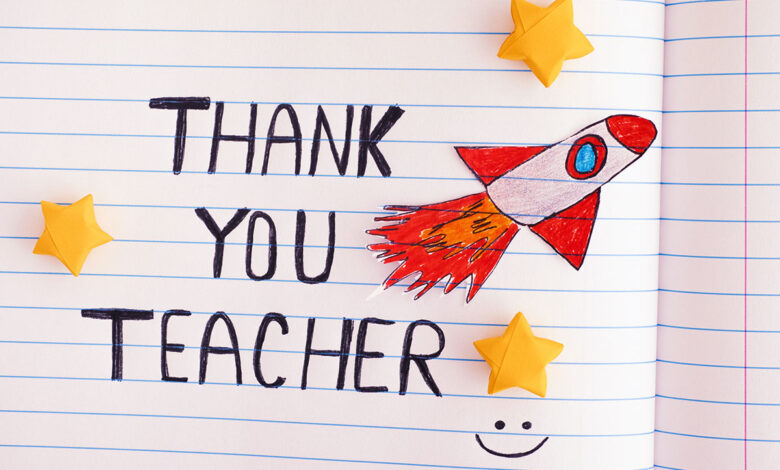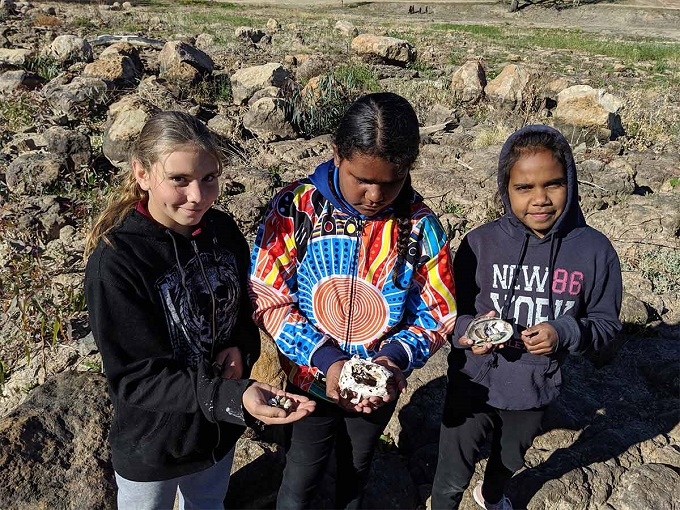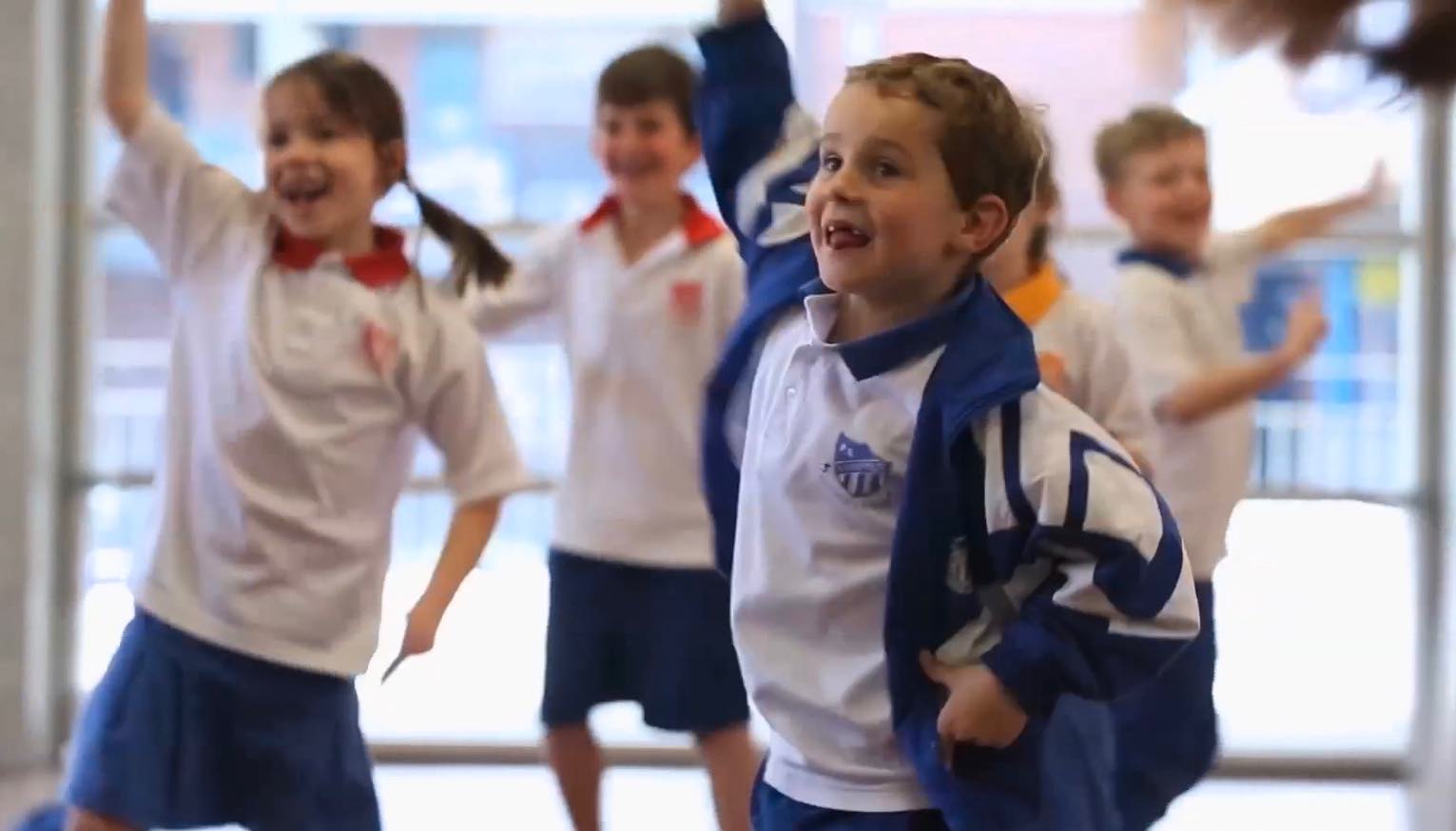How a Teacher Made it Onboard Challenger
The Space Shuttle Challenger mission in 1986 was unique because it was the first of the US Government’s twenty-five space shuttle missions to include a private citizen – a social studies teacher from New Hampshire. It ended in disaster.

More than three decades after the horrifying Challenger explosion, which killed seven crew members onboard including the first teacher in space, a large section of the shuttle has just been discovered, buried in sand at the bottom of the Atlantic Ocean. Previously, the most recent pieces of the destroyed shuttle to be found were two wing fragments that washed ashore in the mid-1990s. But how did a teacher end up in space in the first place?
In 1984 US President Ronald Reagan announced a new NASA initiative called the ‘Teacher in Space Project’. As its name suggests, it was part of the new education and outreach program, designed to inspire children and grow their interest in science, maths and space. What better way of doing this, than sending a teacher into space and having them give lessons while in orbit?
More than 11,000 teachers from across the United States applied for the project, with the selection panel whittling them down to 114 hopefuls who attended a week-long conference in 1985 to learn about space travel.
From there, the applicants were further reduced to ten who endured intensive medical testing, interviews and training, including the experience of being weightless in zero-G gravity.
NASA intended that the successful candidate would be both an ‘ordinary person’ and also a ‘gifted teacher.’ With the focus of the world on them, President Reagan hoped it would remind everyone of the vital role teachers and education plays in the life of a nation.
The finalists chosen from the enormous field of applicants were two women: Sharon Christa McAuliffe, a 36-year-old social science teacher from Concord High School in New Hampshire and the back-up, Barbara Morgan, an elementary teacher from Idaho.
The Teacher In Space Project was intended to see Christa design lesson plans, conduct experiments and deliver classes that would be filmed while in space. Broadcast to millions of school children via closed-circuit TV, the films would then also be made available across the country and the world as part of a global outreach program. She had also planned on conducting the ultimate field trip – a tour of the Space Shuttle.
But on the morning of January 28, 1986, less than two minutes into the launch, Christa and the rest of the Space Shuttle Challenger crew died when a tiny component failed, causing a fireball that destroyed the shuttle and killed the crew.
Barbara Morgan, who had been selected as the backup teacher for the Space Shuttle mission, initially returned to her classroom after the disaster, but in 2007 was selected as a Mission Specialist for a new NASA project: Educator Astronauts. Unlike the Teacher in Space program, in which the teacher was a private citizen and would return to their classrooms after the flight, the more recent program saw teachers resigning their position and training as part of the NASA Astronaut corps.
In 2018, astronauts Joe Acaba and Ricky Arnold, both former teachers themselves, shared McAuliffe’s almost forgotten 1980s STEM lesson plans during their time on the International Space Station.
Suitable for grades 5 to 8, they are now available as YouTube videos through the Challenger Centre.







